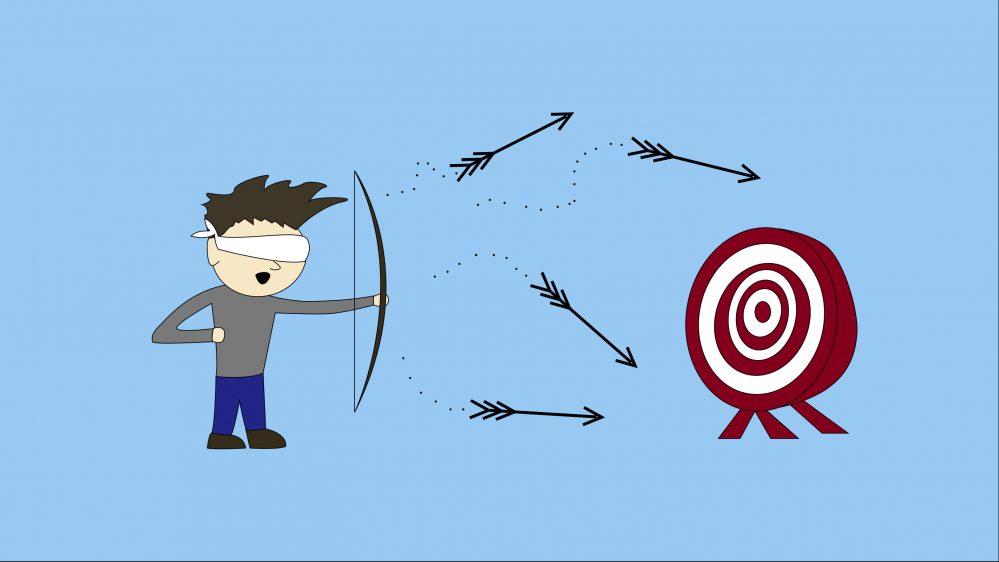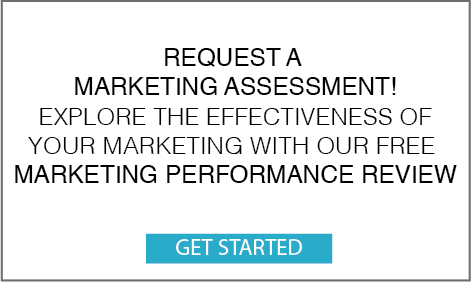If you are new to online marketing, getting a jump start on what to do and what NOT to do is key to making online marketing work.
Anyone who’s tried something new understands it’s not going to be perfect and you’re going to make mistakes. Especially in an endeavor as big as online marketing. Online marketing is exciting because there are so many opportunities to develop and grow your business. But, it can become overwhelming and make you feel uneasy about your strategy.
Marketing to Everybody
A lot of companies put too much emphasis on the number of visitors when analyzing traffic to their website. Just because traffic is increasing, doesn’t mean it’s good for your business. Your website needs the right traffic. You need to be looking for consumers who can be converted into customers.
The solution is to focus your marketing efforts on your company’s buyer personas, which is based on your high value customers. Rather than focusing on your product’s benefits, think about what your potential customer is looking for. Then, come up with a detailed strategy on how to engage with those potential customers. Utilize keyword research to come up with ideas on whom you should be targeting.
Investing Too Much On Paid Advertising
Paid advertising, for the most part, is a good strategy and has the capability to deliver results. It’s the quickest way to get traffic to your site and it’s easy to calculate ROI (Return on Investment). However, there are some major drawbacks to paid advertising. First of all, it can get expensive. Second, paid advertising has no long-term benefits. If you’re in it for the long run, we recommend mixing in other strategies. Paid advertising is a tap. As soon as that tap is turned off, traffic shuts off accordingly.
Other strategies include: inbound marketing, SEO (Search Engine Optimization), social media, and email marketing. In order for these methods to be successful, you need to be patient. You’re not going to generate results overnight. These marketing strategies require time before you start achieving impressive results. However, once you achieve those results, they’re going to keep coming. For example, it’s inexpensive to start and manage an email list. It’s an asset that you can keep adding value to over time.
Since it will take time to implement your other marketing strategies, paid advertising can be a temporary boost to traffic, but working to convert visitors to subscribers, viewers and community members will yield the best results in the long run. We recommend using paid advertising, but don’t ONLY use paid advertising.
Not Optimizing Your Results
You need to be able to analyze your results and make changes accordingly. Many businesses make the mistake of implementing marketing strategies without measuring their return on investment. They see a decrease in their traffic and without an explanation, throw more money away by doing the same thing again.
If you fail in your marketing efforts, don’t get discouraged. Sit down and figure out what went wrong. If you aren’t gaining followers on social media, reevaluate the content or timing of your posts. If people aren’t opening your emails, take a look at the subject line. The best way for your business to grow is by learning from your mistakes. Always make sure you analyze your marketing results so you can make the proper adjustments. If you don’t understand your results, get help from a marketing pro that can get you on the right track.
Overwhelming Your Potential Customers
If marketing content is great, more content is even better! Well, maybe…
Some marketers like to believe that the longer the blog post, the better it will rank on Google. Or the more information we put on an ad, the more it will engage customers. That’s usually not the case. When it comes to delivering content, keep it short, simple, and concise. Instead of writing a 3,000-word post, break it down to three 1,000-word posts. Less than 1,000 words, though, people might not read it at all. A sweet spot is right around 1,000-1,500 words for a post. Streamlining ads to just the key information and an invitation to acts works better than trying to cram too much into it.
Too much information can cause customers to become disengaged. For example, let’s say you’re focusing on email marketing. People are not going to read the entire email if it’s the length of a blog post. Consumers have a short attention span. You want to grab their attention immediately and get straight to your message. Don’t ramble or get off topic. Keep your message sharp and simple. There are emails that DO offer long form content, but usually they are marketed more as online “issues”, not as a short email blast, and they do contain clickable content for further detail.
By avoiding these mistakes, you give your business a “head-start.” You need to be focusing on more important issues than these common ones. With that being said, your journey for marketing success most likely won’t be perfect. Follow the motto: fail forward fast. The more you try things, and fail, the more refinement you’ll develop in your online marketing.






